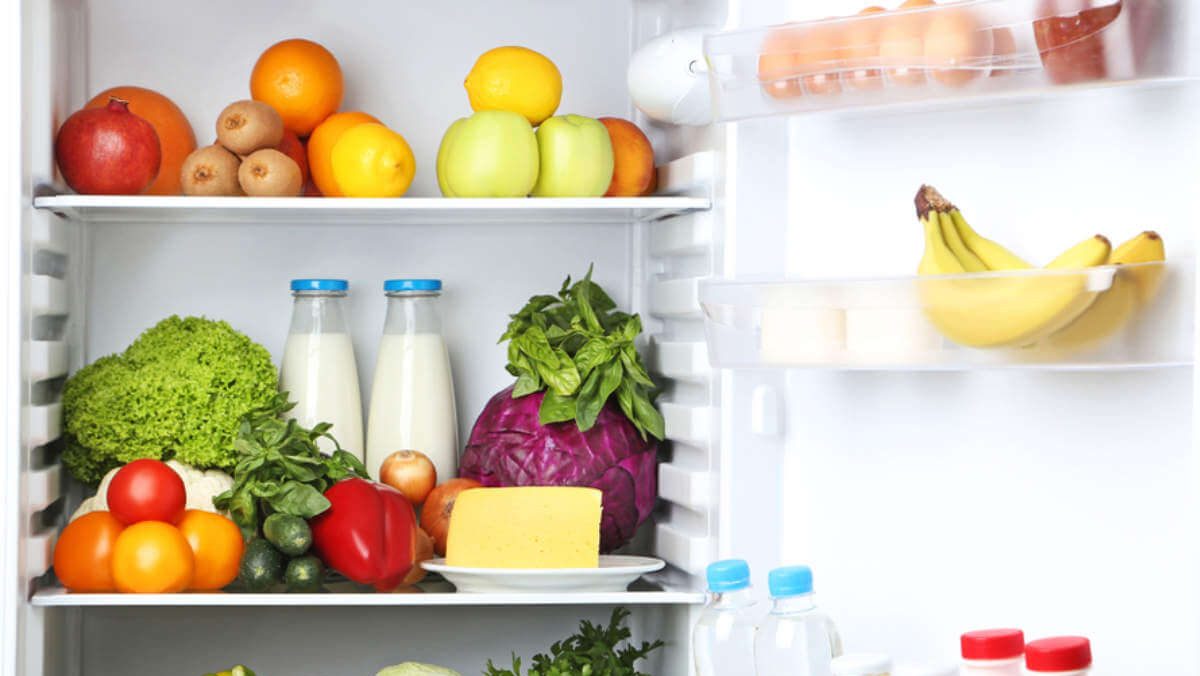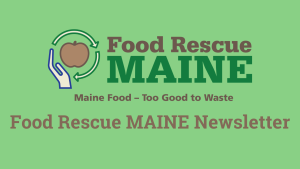
Save Money & Waste Less with These 6 Food Storage Tips
According to the LSU Agricultural Center, the average American family of four throws out $1,600 a year in produce. By wasting all of this produce, we also waste the money that we spent on the produce, the resources that went into producing and transporting that food, and finally a waste of space in already overflowing landfills around the world.
Whenever I go grocery shopping, there are certain foods that I buy and already know are going to go to waste in my kitchen. For example, I absolutely love avocados– but I am never able to get around to eating the whole thing before it browns. That being said, when I buy an avocado, I expect that at least half of it will be wasted. To avoid wasting these perishable items, it is recommended that the most perishable items in your kitchen should be eaten first. However, this is not always a feasible option. Fortunately, there are several storage tricks that you can use in your home to make your food last longer. In this article I will show you just 6 easy tips to make your food go the extra mile- or day.
Tip 1: Storing Avocados in Lime Water
As I previously mentioned, avocados go bad very quickly. This fruit contains an enzyme called polyphenol oxidase that causes them to turn brown when exposed to oxygen. It is for this reason that it seems like the second you cut an avocado open it is already browning. In order to combat this issue, when you have used all of the avocado that you need for your meal, place the leftover parts(still in the peel if possible) in a Tupperware or bowl, fill the bowl with room temperature water until it covers the fruit, and add a few drops of lime(or lemon) juice to the water before sealing the container. Submerging the avocado in water limits its exposure to oxygen, and lime juice contains antioxidants that help to combat the oxidation process. Using this technique should keep your avocado fresh for several days.
Tip 2: Stop Storing Fruit Together
The fruit bowl on your kitchen counter is a staple in most households. However, keeping your fruit together in one place is actually the reason that it’s going bad so quickly. Fruit produces ethylene gas as it ripens, a hormone that speeds up the ripening and spoiling process. Therefore, when fruit is stored together, this ethylene gas will cause fruit to over-ripen, and if one fruit starts to rot, it will influence all of the other fruits in the bowl to speed up their ripening process. Avoid storing all of your fruit in one place, and check your fruit regularly– if you see one item beginning to spoil, remove it from the group and eat the good parts of the fruit before composting anything that is too ripe to eat.
Click here to read “19 Fruits and Veggies You Should Never Store Together.”
Tip 3: Store Apples and Potatoes Together
According to 2016 data from the Food and Agriculture Organization of the UN, root vegetables like potatoes, beets, radishes, and carrots make up almost 50% of wasted food (Click here to read Earth.org’s, “The Most Wasted Types of Food in the World and Ways to Save Them From the Bin.”). While a lot of this waste happens before food even reaches the consumer, a great portion of this produce can be saved simply by storing it correctly. Most root vegetables thrive when they are stored in a cool, dark, and dry place – like a wire or natural fiber basket for example.
You may have heard before that you should never store potatoes and onions together, because it will speed up the sprouting process. However, you probably didn’t know that storing potatoes and apples together will actually increase the shelf life of your potatoes. The ethylene gas that apples produce actually helps to prevent potatoes from sprouting. Store your apples and potatoes together in a cool, dark, dry place– a paper bag works perfectly– to prevent them from spoiling quickly.
Tip 4: Use Parchment Paper to Wrap your Cheese
Cheese can be tricky to store, as different hard and soft cheeses have varying properties. Although there are some variances, it is a good general rule to wrap your cheese in parchment paper and keep it in a drawer of your refrigerator. The drawer of your fridge will help keep your cheese at its ideal temperature (about 40-50 degrees Fahrenheit) while maintaining some humidity. To go even further, try storing your cheese in parchment paper– it is porous, so it protects the cheese while still allowing it to breathe. These methods should increase the shelf life of your cheese, but even when it finally begins to mold, remember that you can still cut off the moldy parts and eat the fresh cheese that remains.
Tip 5: Store Onions in Tights
We have already established that storing your onions and potatoes together is a recipe for disaster, but the best way to store onions is certainly the strangest thing on this list. You can keep your onions fresh for months if you store them separately from each other in a cool dry place– the best way to do this is to hang them in pantyhose. The process is very simple- choose a dark, cool place to hang your pantyhose(like a pantry or a closet) and then take clean pantyhose and drop an onion into the leg, tie a knot above the onion, and repeat with another onion until there is no more room in the legs of the pantyhose to hold more onions. When you need to use one, simply cut off the bottom onion and leave the rest in place.
Tip 6: Remember…The Freezer Is Your Friend!
This last tip is a catch-all for all of your food storage needs. Whenever you notice that you have too much food to eat before it spoils, just remember that almost any food can be frozen and saved to use later. That’s why meat always says “use or freeze by”…the freezer really is your friend.
This is a great practice to use for leftovers – instead of throwing away your leftovers at the end of the week, pop them in the freezer. As you make this strategy a habit, you will learn which leftover meals taste the best when they have been frozen, and which ones do not make the cut. Practice putting items like bread, cheese, and berries in the freezer and see how they hold up when you’re ready to eat them. Since using this practice in my own kitchen, I have actually found that some of my favorite fruits and deserts are even better when they’re frozen- it can be a great cold treat for these hot summer days!
Start saving today
This week, I would like to challenge you to try one of these tips in your own kitchen. If you have more food storage questions, check out the extra resources below or send an email to us at: umgmc@maine.edu so that we can address them in the future.
For more help or ideas:
- Smart Storage: Fruits and Vegetables Storage Tips
- Study: A lot of food goes into the fridge to die
- What to cook to use food before it spoils
- Put This Printable PDF on Your Perishable Items as a Reminder- “Eat First!”
- Reducing Wasted Food At Home
And always remember – “Maine food – too good to waste.”
-Hannah M., Mitchell Center Student Intern
I’m a novel-reading, chocolate connoisseur who enjoys *short but sweet* hikes, and trying new plant-based recipes.
Citations:

